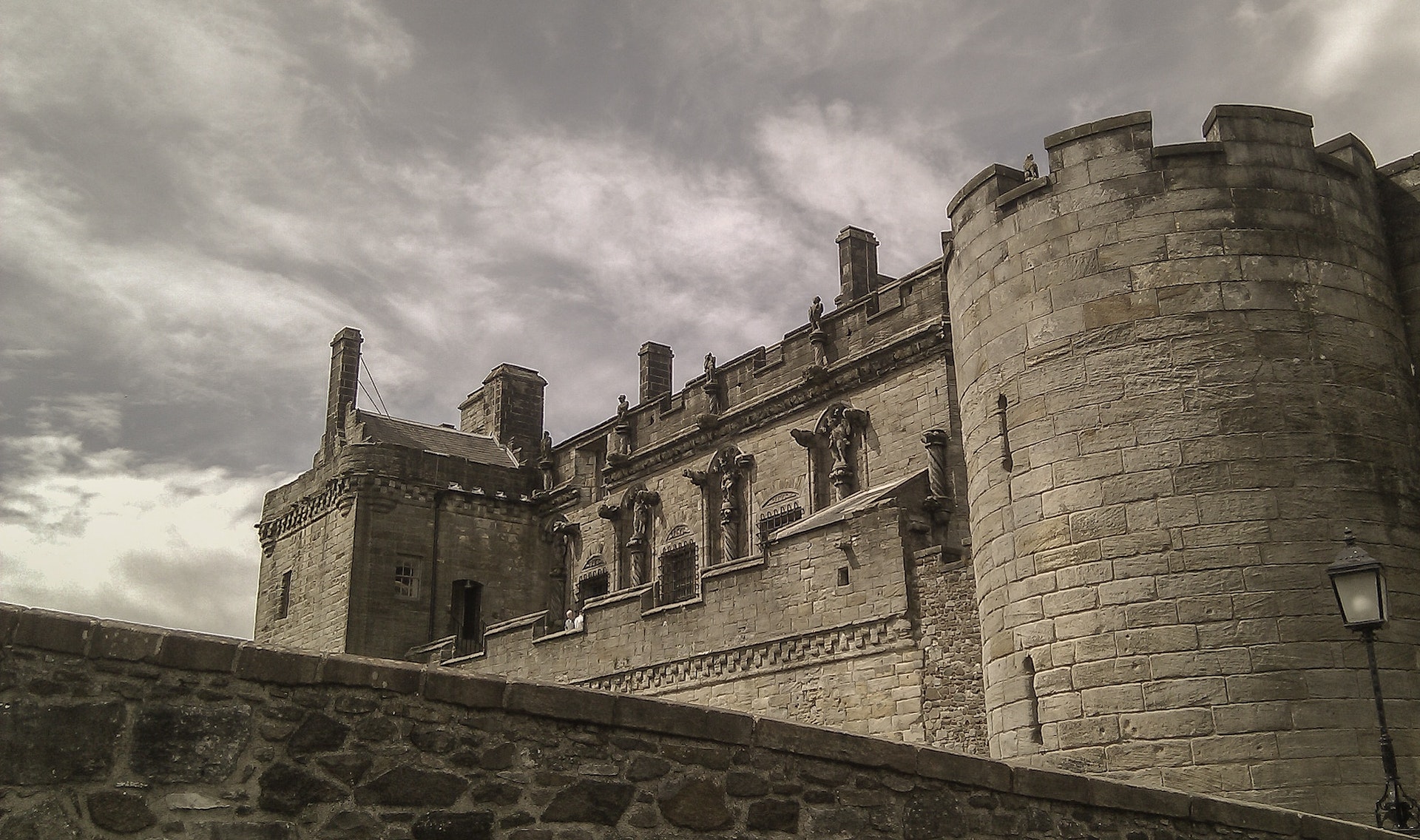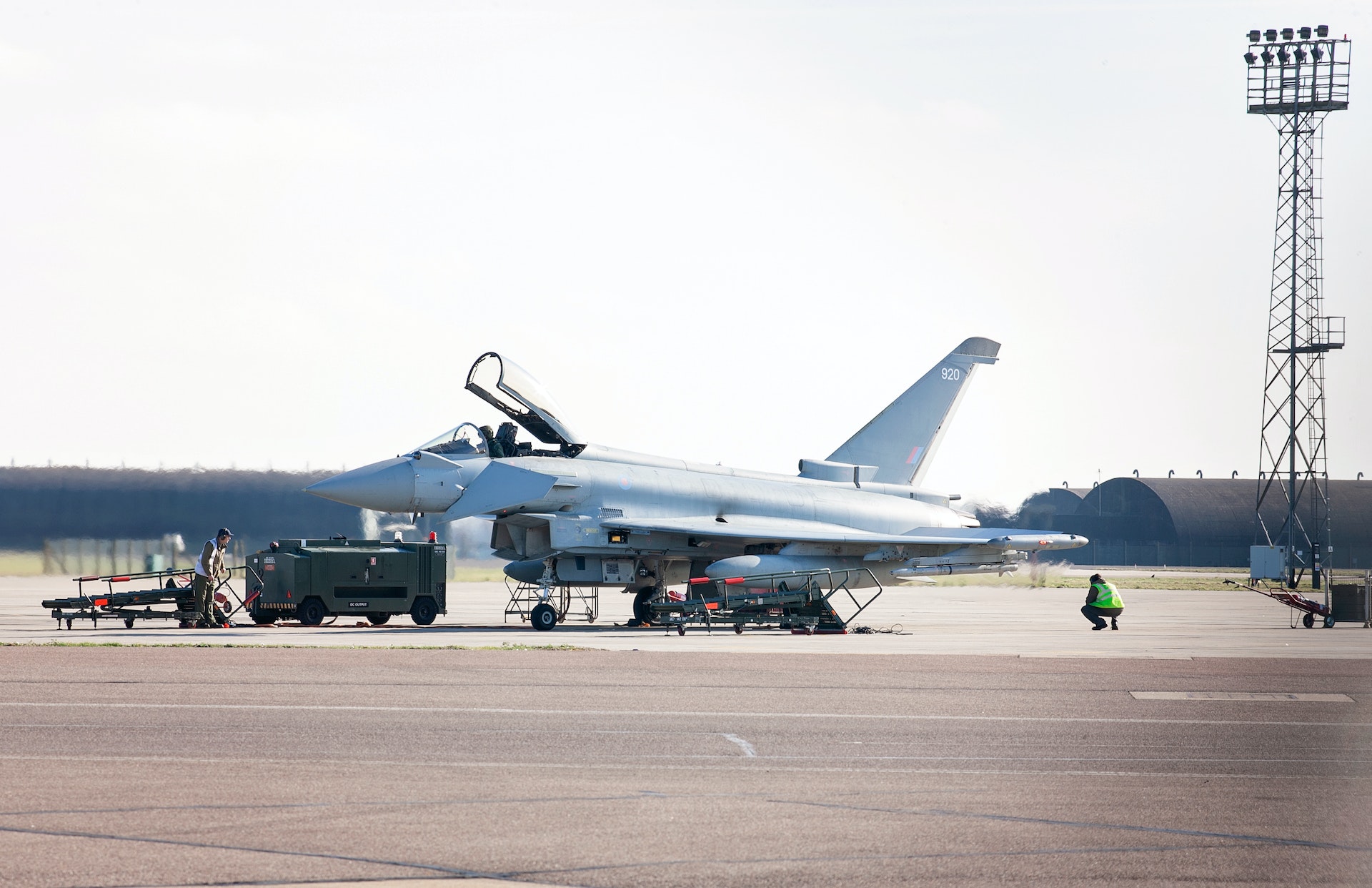Use Of Architecture In Wars - How Buildings Can Win Wars
Architecture, like fortresses, castles, bunkers, and military bases, has been used to protect soldiers and civilians, scare off enemies, and show power and authority. In this article, we will explore the use of architecture in wars, both ancient and modern.
Author:Hajra ShannonReviewer:Paula M. GrahamOct 09, 2023560 Shares93.3K Views

Architecture is an important part of every culture and society, and it has been used in wars throughout history. Architecture, like fortresses, castles, bunkers, and military bases, has been used to protect soldiers and civilians, scare off enemies, and show power and authority.
In this article, we will explore the use of architecture in wars, both ancient and modern.
The Use Of Architecture In Wars Across The History
Throughout history, architecture has played a significant role in wars. From ancient civilizations to modern conflicts, architecture has been used to protect soldiers and civilians, intimidate enemies, and serve as a symbol of power and authority.
It has also been used as a tool for psychological warfare, inspiring and motivating troops, and intimidating the enemy.
But the destruction of buildings during war can have big effects on both the side that loses and the side that wins.
When people lose their cultural heritage, they can feel like they've lost their identity and are no longer in the same place.
Architects have a duty to make sure that the buildings they design are safe and secure for the people who will live in them.
When architecture is used as a weapon during a war, it brings up ethical questions about the responsibility of architects and how their designs affect society.
Ancient Architecture In War
Ancient architecture played a critical role in the wars of ancient civilizations. From the Great Wall of China to the Colosseum in Rome, architecture was used to protect soldiers and citizens, as well as intimidate enemies.
The Roman Colosseum is one of the most iconic examples of ancient architecture used in warfare. The Colosseum was used as a venue for gladiatorial contests and public spectacles, but it was also used to showcase the power and authority of the Roman Empire.
Another example of ancient architecture in warfare is the Great Wall of China (One of the human civilization wonders according to the architecture magazine"CAM"). The Great Wall was built to protect China from invasions from the north, and its impressive size and construction were intended to deter potential attackers.
Similarly, the fortified cities of ancient Greece, such as Athens and Sparta, used architecture to protect citizens and soldiers during times of war.
Wartime Medieval Architecture
During the medieval period, architecture continued to play an essential role in warfare. Castles and fortresses were built to protect soldiers and civilians, and their design and construction varied depending on the location and the available resources.
The castles of Europe, for example, were often built on high ground and included moats, drawbridges, and thick walls to prevent enemy attacks.
The Tower of London is an iconic piece of medieval warfare architecture.The Tower of London was built in the 11th century to protect the city of London, and it has been used for various purposes throughout history, including as a royal palace, a prison, and an armory.
Wartime Modern Architecture
In modern times, architecture has continued to play a role in warfare. During World War II, bunkers and underground tunnels were constructed to protect soldiers and civilians from bombing raids. The Berlin Wall, which divided East and West Berlin during the Cold War, was another example of wartime architecture.
In more recent conflicts, architecture has been used as a weapon of war. The destruction of cultural sites and buildings, such as the ancient city of Palmyra in Syria, has been used as a tactic to weaken the morale of the enemy and erase their cultural heritage.
Architecture And Psychological Warfare
One of the most critical ways in which architecture has been used in war is as a tool for psychological warfare. Architecture can be used to both scare and intimidate the enemy and inspire and encourage the troops.
During World War II, the German army used the architecture of the Nazi Party Rally Grounds in Nuremberg to scare its enemies and motivate its troops.
The grounds included a massive parade ground and a stadium that could seat over 100,000 people. The design of the grounds was meant to show how powerful and in charge the Nazis were and to scare away anyone who opposed them.
In more recent conflicts, architecture has been used in similar ways. For example, the design of the American embassy in Baghdad, which includes high walls and reinforced concrete, was intended to convey strength and deter potential attackers.
The Impact Of The Destruction Of Architecture In War
When buildings are destroyed during war, it affects both the winning and losing sides in big ways. When architectural landmarksand cultural heritage are destroyed, it can have a big effect on a society's mental health, and it can take years, if not decades, to rebuild and get back on track.
Destruction Of Architecture As A Cultural Loss
The destruction of buildings that are part of a culture's history can be very sad, especially for the people who were attached to those buildings.
When cultural landmarks are destroyed, the people who are connected to them can feel like they have lost their identity and are no longer where they belong.
Rebuilding And Recovery
When war destroys buildings, it can take a long time and be hard to rebuild and get back on your feet. It can take years, if not decades, to restore the cultural heritage that was lost, and in some cases, it may not be possible to rebuild what was destroyed.
Warfare Architecture And Surveillance
Architecture is often used as a means of surveillance in times of war. Buildings and structures can be used to monitor the movements of the enemy and gather intelligence.
Buildings As A Means Of Surveillance
Buildings such as watchtowers, bunkers, and observation decks are used to monitor the movements of the enemy and gather intelligence.
Because of their height and location, these buildings give clear views of the battlefield and can be used to plan attacks.
Use Of Architecture In Electronic Surveillance
In modern times, architecture is also used in electronic surveillance. Buildings can be equipped with sensors and cameras to monitor the movements of the enemy and track their activities.
The Ethics Of Architecture In War
When architects are used in war, it raises ethical questions about their roles and responsibilities in society.
Architects' Responsibility In War
Architects have a duty to make sure that the buildings they design are safe and secure for the people who will live in them. During wartime, architects must also think about how their plans will affect the safety and security of both soldiers and civilians.
The Use Of Architecture As A Weapon
The use of architecture as a weapon in times of warraises ethical questions about the responsibility of architects. Architects have to think about how the people who will live in the buildings they make will react to their designs.
The use of architecture as a weapon can lead to the destruction of cultural heritage and the displacement of people, which raises questions about the ethics of the architects who design these structures.
People Also Ask
How Does War Affect Architecture?
Conflict and violence can affect cities, spaces, and buildings in many ways, such as by destroying them, taking them away, forcing design and planning on them, making areas or buildings inaccessible, etc.
What Is Military Architecture?
Military architecture has been around for hundreds of years, ever since people had to fight for territory.
It looks at changes in strategy and weapons and tries to guess what will happen next. Designs and ideas that were made for the military can also help solve problems in everyday life.
Why Is Architecture Important In History?
Architecture has an effect on our society and culture, and the history of architecture connects the past to the present. Since the beginning of time, each society has developed its own style based on its religion, philosophy, and social needs.
Conclusion
From the time of ancient civilizations to the present, the use of architecture in war has been very important.
It's been used to keep soldiers and civilians safe, scare off enemies, and show power and authority. Psychological warfare has also used architecture to inspire and motivate troops and scare off the enemy.
Jump to
The Use Of Architecture In Wars Across The History
Ancient Architecture In War
Wartime Medieval Architecture
Wartime Modern Architecture
Architecture And Psychological Warfare
The Impact Of The Destruction Of Architecture In War
Destruction Of Architecture As A Cultural Loss
Rebuilding And Recovery
Buildings As A Means Of Surveillance
Use Of Architecture In Electronic Surveillance
Architects' Responsibility In War
The Use Of Architecture As A Weapon
People Also Ask
Conclusion

Hajra Shannon
Author

Paula M. Graham
Reviewer
Latest Articles
Popular Articles


